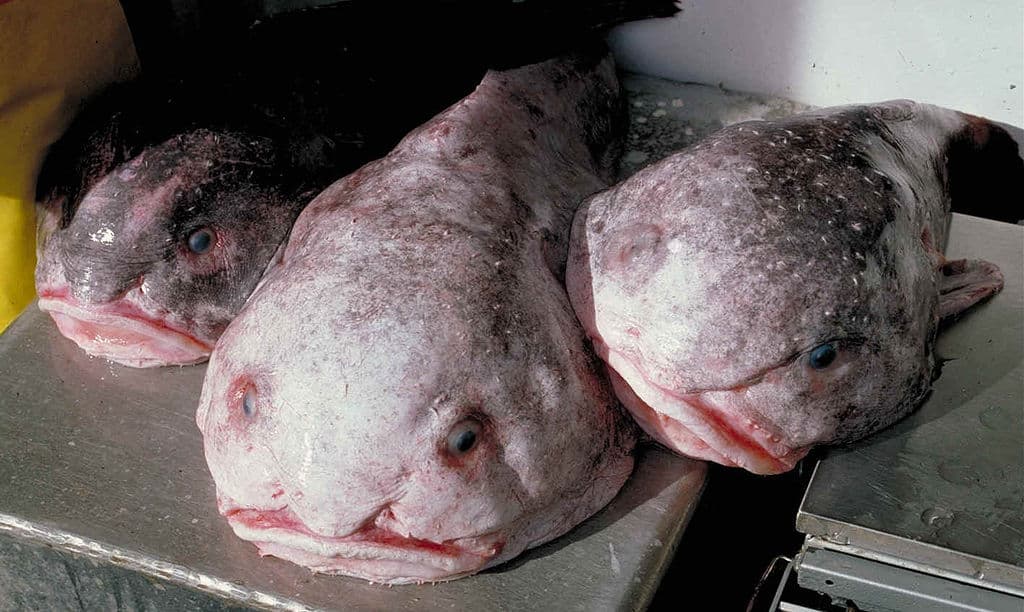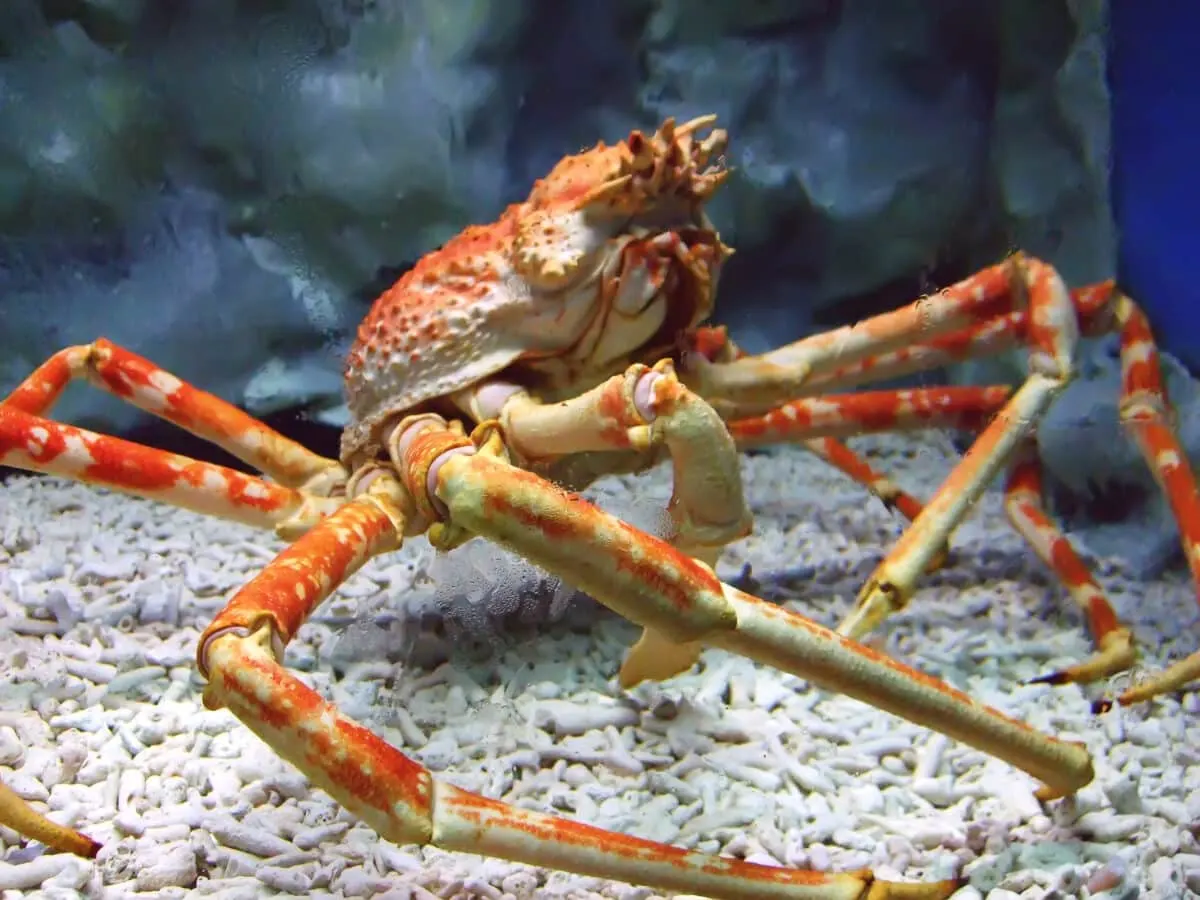Exploring the deep sea has always been akin to venturing into an alien world right here on Earth. Beneath the tumultuous waters off the coast of Oregon lies a realm of mystery and wonder, home to some of the planet’s most bizarre and intriguing inhabitants. These deep-sea creatures, often unknown to the general public, captivate scientists and divers alike with their otherworldly appearances and unusual behaviors. This article delves into the fascinating world of these underwater denizens, each adding its unique thread to the rich tapestry of oceanic life.
The Enigmatic World Beneath the Waves

Oregon’s offshore waters are part of the rich California Current ecosystem, which provides a unique environment for a diverse range of marine life. Exploring the deep sea in this area means uncovering habitats that remain largely unexplored. These creatures thrive in the pitch-black depths, often exhibiting adaptations that seem bizarre when compared to their shallow-water counterparts.
The Mesmerizing Glow of Bioluminescence

One of the most captivating features of deep-sea life is the phenomenon of bioluminescence. Many creatures in the ocean’s abyssal zones have developed the ability to generate light, a fascinating adaptation that serves numerous purposes. Creatures like the lanternfish use this glow to attract prey, deter predators, or communicate with each other in the darkness of the deep.
Creatures of the Dark: The Vampire Squid

With its menacing name and unusual appearance, the vampire squid often inspires intrigue and dread. Despite its ominous moniker, this deep-sea cephalopod is harmless. Characterized by a webbed cloak that it can invert, making it appear larger to scare off predators, the vampire squid employs bioluminescence to confuse threats and find food.
The Mysterious Blobfish

Known for its rather peculiar appearance, the blobfish has earned the title of one of the “ugliest” creatures. Living in the deep waters off the coast of Oregon, this gelatinous fish has adapted to the high-pressure environment of the ocean floor, where its flesh becomes much more buoyant.
The Impressive Giant Pacific Octopus

Among the largest species of octopus, the giant Pacific octopus inhabits the depths off the Oregon coast. Known for its intelligence and dexterity, this cephalopod can weigh up to 600 pounds, with arms reaching 20 feet in length. Their ability to change color and texture for camouflage is a stunning adaptation to their environment.
Yeti Crab: A Creature of Colossal Proportions

Discovered near hydrothermal vent communities, the yeti crab boasts hairy pincers that harbor bacteria used to detoxify the minerals spewed from the vents. These bacteria provide necessary nutrients in this nutrient-scarce environment and highlight the fascinating symbiotic relationships that are a hallmark of deep-sea life.
Strange Beauty: The Comb Jelly

With their translucent, jelly-like bodies, comb jellies are undeniably beautiful. Their iridescent ripples, caused by the movement of tiny, hair-like cilia, create a mesmerizing effect as they propel through the water. Unlike true jellyfish, comb jellies lack the tentacular stingers, making them harmless to humans.
The Deep-Sea Anglerfish and Its Lure

The anglerfish, with its signature bioluminescent lure protruding from its head, is a renowned symbol of the deep sea’s peculiarities. These fish have adapted their hunting strategies to the scarce resources of the abyss, using their glow to attract unsuspecting prey within the darkness.
Spider Crabs: Giants of the Ocean Floor

Spider crabs are some of the largest crustaceans residing on the ocean floor off Oregon’s coast. With incredibly long limbs allowing them access to a wide range of food sources, they serve an essential role in the deep-sea ecosystem as scavengers and cleaners.
Mystifications of the Deep: The Sea Pig

Part of the holothurian family, sea pigs creep along the seafloor scavenging for detritus. Despite their unflattering name and bizarre appearance, these creatures play a vital role in recycling nutrients within their habitats, promoting a healthy environment.
The Innovative Life of the Giant Tube Worm

A hallmark of hydrothermal vent communities, giant tube worms thrive in some of the harshest conditions on Earth. These organisms can convert the toxic vent chemicals into usable energy via symbiotic bacteria, illustrating the complex adaptations necessary for survival in extreme environments.
The Future of Deep-Sea Exploration

With advances in technology, the ability to explore the depths off Oregon’s coast is becoming more feasible, revealing new species and advancing our understanding of these unique organisms. However, with increased exploration comes the responsibility to protect these fragile environments from overexploitation and pollution.
Conclusion: A World Worth Protecting

The deep-sea creatures off the coast of Oregon are as enigmatic as the ocean itself. They represent a small part of a vast and complex ecosystem that remains largely unknown. As our understanding of these unique beings grows, so does the imperative to preserve their habitats. Their very existence enriches our planet’s biodiversity and offers insights into life’s resilience and adaptability. By prioritizing sustainable exploration and conservation, we can ensure the continued survival of these fascinating creatures and the ecosystems they support.
- This Fish Has the Most Teeth in the Ocean—And Uses Them Well - August 9, 2025
- How Wolves Use Group Howls to Reunite With Pups - August 9, 2025
- 12 Dog Breeds That Form the Deepest Emotional Bonds with Their Owners - August 9, 2025

